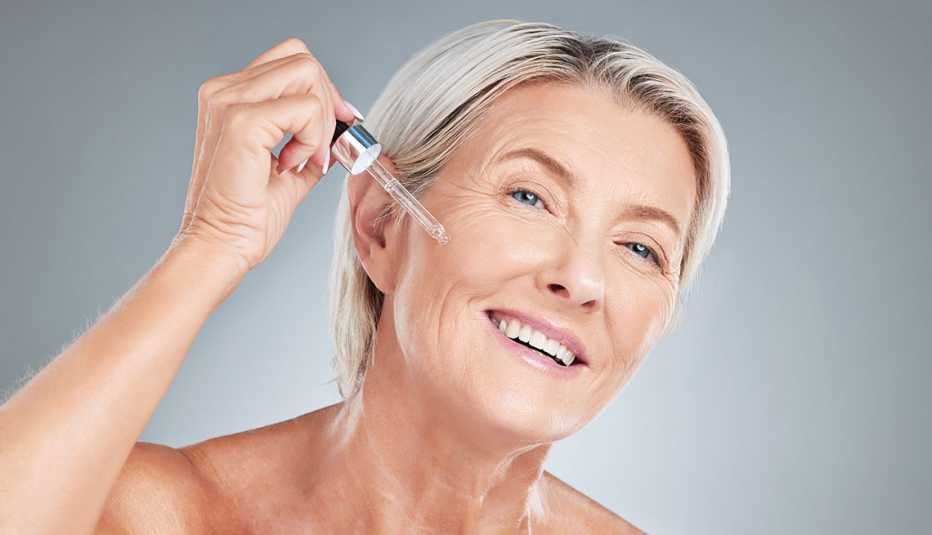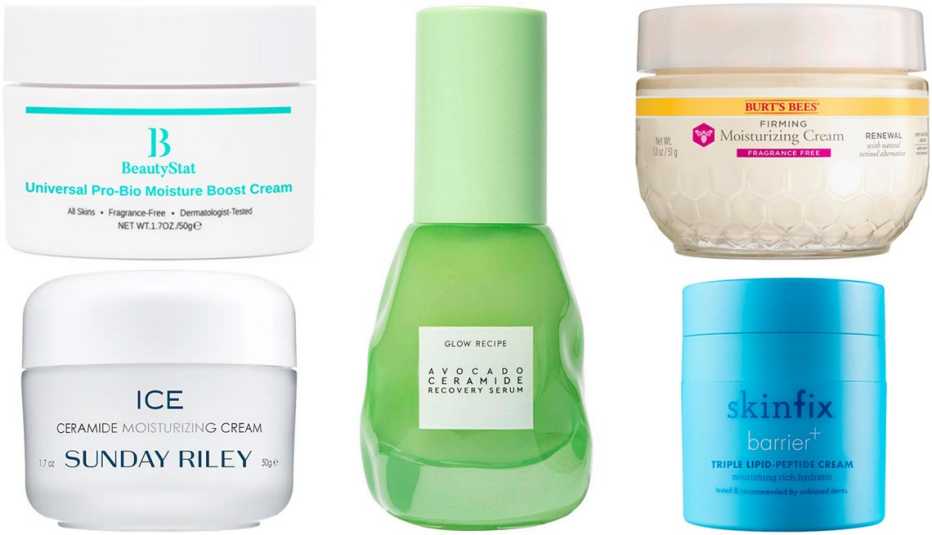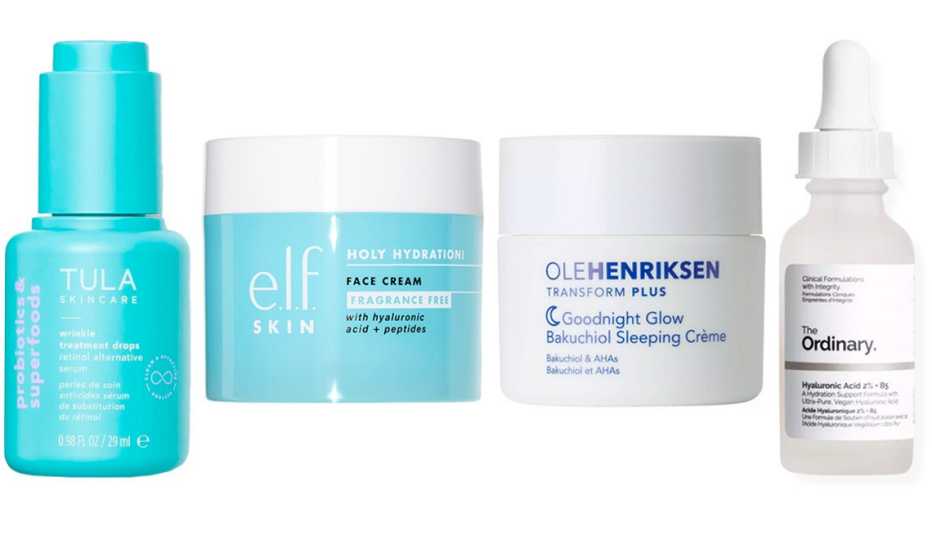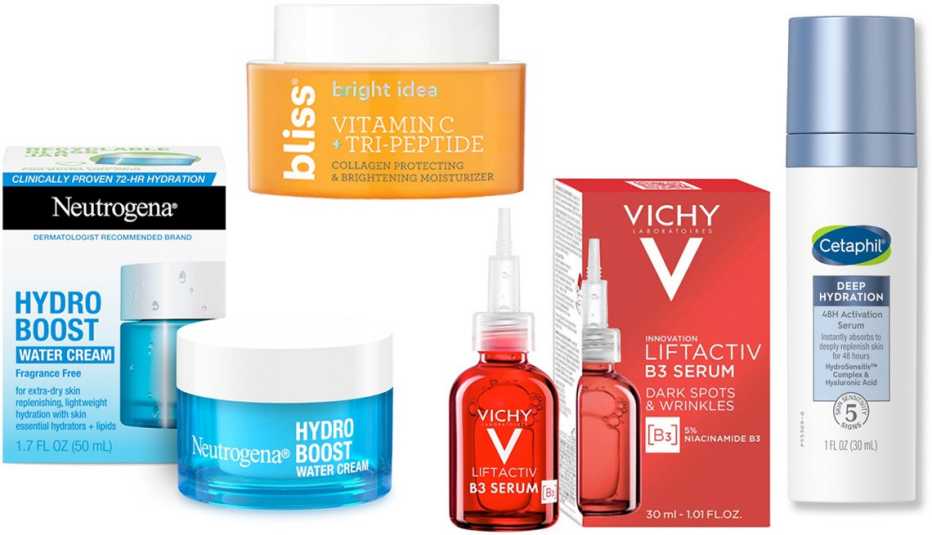AARP Hearing Center


It goes like this: You’re standing in the drugstore or browsing online and wondering which of the hundreds of moisturizers and serums might improve your aging skin. You haven’t a clue what to mix or match. You’re also fed up with products that sound great, look great, even feel great at first but fall flat after a trial run. I’m a beauty editor who has specialized in the 50-plus demographic for over four decades, and I know you don’t need another dud to stash under the sink or toss in the trash. Here are six practical tips to success:
1. Zero in on what your skin needs right now.
Skin care is a lot like fashion. Fads fly in and out, and they get hyped on social media as creams and serums (pricey and affordable) compete for game-changer status. Despite the claims, there’s no one-size-fits-all solution. That’s because by age 50 each of us has a long skin history of care, neglect (skipping sunscreen is a biggie!) and our concerns continue to change. What your skin needs today versus last year or even four months ago may be different. A mirror can provide a DIY diagnosis. Is your skin feeling drier or looking spotty, rough or uneven in texture? Does it seem dull and lack glow without the help of makeup? Are lines and wrinkles more prominent? Do your face a favor. Ignore the creams and serums your best friend or work colleague rave about. Their skin “story,” from genetics to sun exposure history and self-care, are very different from your own, regardless of age or skin tone. Then read on to match your concerns with some down-to-earth product advice.


2. Identify the best-for-you ingredients.
Notice I didn’t say the trendiest ingredients. You don’t need to be a dermatologist or a cosmetic chemist to select the hero ingredients that are proven to work and still at the top of their game. You’ll find them shouting out from the label or at the top of the ingredient list (when vague product names don’t give them away). Mature skin responds to humectants like hyaluronic acid, glycerin and aloe vera, which attract water to plump up lines and wrinkles; emollients like ceramides, shea butter, cocoa butter, squalane and fatty acids, which repair and seal the skin barrier for a bouncier, healthier texture; peptides, which stimulate collagen and improve elasticity and firmness; niacinamide (also known as B3), which reduces inflammation and addresses hyperpigmentation; vitamin C, which has a brightening effect and helps sunscreen work more effectively (thanks to C’s ability to fight free radicals that contribute to dullness and age spots); and retinol and its plant version, bakuchiol, which promote cell turnover, boost collagen and smooth fine lines and wrinkles.




































































More From AARP
Skin-Care Tips From Black Women Dermatologists
Docs unveil their personal skin care stash
‘Skin Flooding’: Is TikTok’s Latest Viral Trend Right for Women Over 50?
Plus: Get a peek at Martha Stewart’s ‘unfiltered’ selfie
Recommended for You